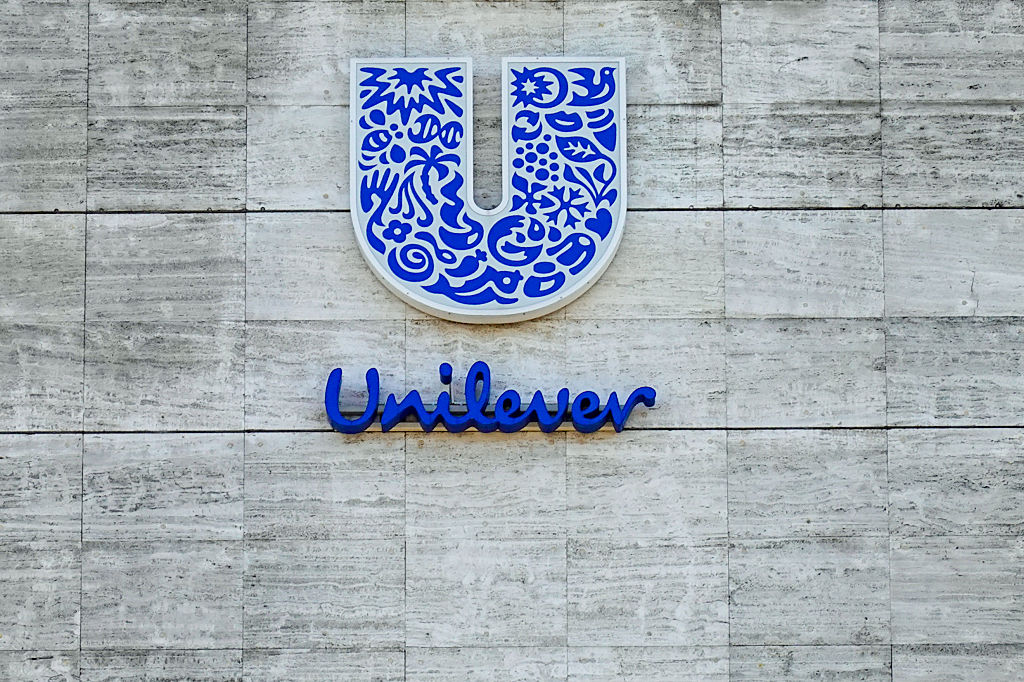Are investment trusts back in favour?
The investment trust sector is undergoing a two-speed recovery as trust discounts start to narrow. Tread carefully


Over the past fortnight, investment trusts’ discounts have started to narrow as investors have tentatively moved back into the sector. In fact, the entire UK equity market has benefited from a positive shift as investors have re-evaluated the landscape following Labour’s landslide win. However, it would be wrong to interpret the recent shift as a sign that investment trusts are back in favour. Over the past two years, the average investment trust has languished at a discount to net asset value (NAV) of 18%. This has fallen to 14% at the time of writing, although there are some major disparities across sectors.
Investment trusts to watch out for
Scottish Mortgage Investment Trust (LSE: SMT), the UK’s largest trust aside from 3i (LSE: III), has seen its discount to NAV decline from around 20% this time last year to just 10% today as investors have re-evaluated the trust’s private holdings. The private equity sector has seen the biggest shift in discounts over the past year. The HgCapital Trust (LSE: HGT) has gone from trading at a discount of 18% to NAV to selling for a premium. The Schiehallion Fund (LSE: MNTN) has moved from a discount of 40% to 11%, and Edinburgh Worldwide (LSE: EWI), with its large allocation to SpaceX, has seen its discount shrink from 21% to 8% over the past year. UK-focused trusts have also benefited from falling discounts. The Mercantile Investment Trust (LSE: MRC) has seen its discount fall from 15% to 6%, and Fidelity Special Values (LSE: FSV) has seen its discount fall from 9% to 5%. Discounts for the two largest UK-focused small-cap trusts, Aberforth Smaller Companies (LSE: ASL) and BlackRock Smaller Companies (LSE: BRSC), have also moved from the mid-teens to the mid-single digits.
Three areas where discounts remain stubbornly large are infrastructure, renewable energy and property. Trusts such as HICL Infrastructure (LSE: HICL) and International Public Partnerships (LSE: INPP) have seen discounts decline by a few percentage points, but they are still in the mid-teens. The same is true of the Renewables Infrastructure Group (LSE: TRIG) and JLEN Environmental Assets (LSE: JLEN), as well as Supermarket Income REIT (LSE: SUPR). Despite dividend yields of around 8%, all of these trusts have continued to trade at stubborn discounts.
MoneyWeek
Subscribe to MoneyWeek today and get your first six magazine issues absolutely FREE

Sign up to Money Morning
Don't miss the latest investment and personal finances news, market analysis, plus money-saving tips with our free twice-daily newsletter
Don't miss the latest investment and personal finances news, market analysis, plus money-saving tips with our free twice-daily newsletter
It could be some time before these discounts start to narrow. These alternative-income investment trusts flourished when interest rates were at or close to zero, and investors had few other options for income. Demand from investors kept the cost of capital low and helped these trusts expand rapidly. But the backdrop has changed dramatically. Not only has the cost of borrowing increased, but so has the cost of equity capital. These challenges are not confined to investment trusts. The entire infrastructure and property sectors have ended up in the deep freeze. Yes, there are some pockets of activity, but on the whole activity in these sectors has frozen over.
With limited activity in these sectors, it’s difficult to determine how much assets are worth. That means NAVs can’t be relied upon in the same way one might be able to count on the value of a portfolio for an equity investment trust. On the other hand, we’ve seen activity in the private equity and venture capital markets start to recover, which seems to explain why discounts in these sectors have started to narrow. Put simply, there is evidence to support NAVs. Lower interest rates will help these sectors, but there is no guarantee that rates will ever return to the levels at which these trusts flourished. That suggests investors will continue to view these markets with caution, and if central banks keep rates higher for longer, there could be further uncertainty to come. Double-digit discounts and 8% yields might seem attractive, but investors need to be very careful about what they are buying and ask themselves whether these trusts will ever be able to return to their former glory.
This article was first published in MoneyWeek's magazine. Enjoy exclusive early access to news, opinion and analysis from our team of financial experts with a MoneyWeek subscription.
Get the latest financial news, insights and expert analysis from our award-winning MoneyWeek team, to help you understand what really matters when it comes to your finances.

Rupert is the former deputy digital editor of MoneyWeek. He's an active investor and has always been fascinated by the world of business and investing. His style has been heavily influenced by US investors Warren Buffett and Philip Carret. He is always looking for high-quality growth opportunities trading at a reasonable price, preferring cash generative businesses with strong balance sheets over blue-sky growth stocks.
Rupert has written for many UK and international publications including the Motley Fool, Gurufocus and ValueWalk, aimed at a range of readers; from the first timers to experienced high-net-worth individuals. Rupert has also founded and managed several businesses, including the New York-based hedge fund newsletter, Hidden Value Stocks. He has written over 20 ebooks and appeared as an expert commentator on the BBC World Service.
-
 Profit from leisure sector as consumers go on spending spree
Profit from leisure sector as consumers go on spending spreeThe UK leisure sector had a straitened few years but now have cash in the bank and are ready to splurge. The sector is best placed to profit
-
 Nationwide: Annual house price growth slows to lowest level in almost two years
Nationwide: Annual house price growth slows to lowest level in almost two yearsThe average house price went up by just 0.6% between December 2024 and December 2025, Nationwide Building Society said
-
 A change in leadership: Is US stock market exceptionalism over?
A change in leadership: Is US stock market exceptionalism over?US stocks trailed the rest of the world in 2025. Is this a sign that a long-overdue shift is underway?
-
 A reckoning is coming for unnecessary investment trusts
A reckoning is coming for unnecessary investment trustsInvestment trusts that don’t use their structural advantages will find it increasingly hard to survive, says Rupert Hargreaves
-
 British blue chips offer investors reliable income and growth
British blue chips offer investors reliable income and growthOpinion Ben Russon, portfolio manager and co-head UK equities, ClearBridge Investments, highlights three British blue chips where he'd put his money
-
 Renewable energy funds are stuck between a ROC and a hard place
Renewable energy funds are stuck between a ROC and a hard placeRenewable energy funds were hit hard by the government’s subsidy changes, but they have only themselves to blame for their failure to build trust with investors
-
 Profit from document shredding with Restore
Profit from document shredding with RestoreRestore operates in a niche, but essential market. The business has exciting potential over the coming years, says Rupert Hargreaves
-
 The war dividend – how to invest in defence stocks as the world arms up
The war dividend – how to invest in defence stocks as the world arms upWestern governments are back on a war footing. Investors should be prepared, too, says Jamie Ward
-
 Literacy Capital: A trust where great returns fund a good cause
Literacy Capital: A trust where great returns fund a good causeThere’s plenty to like about specialist private-equity trust Literacy Capital, says Max King
-
 An AI bust could hit private credit – could it cause a financial crisis?
An AI bust could hit private credit – could it cause a financial crisis?Opinion Private credit is playing a key role in funding data centres. It may be the first to take the hit if the AI boom ends, says Cris Sholto Heaton